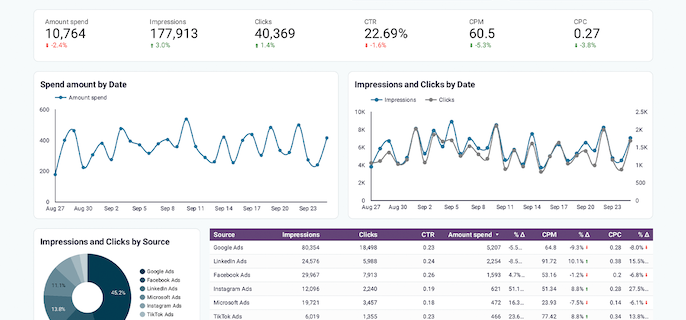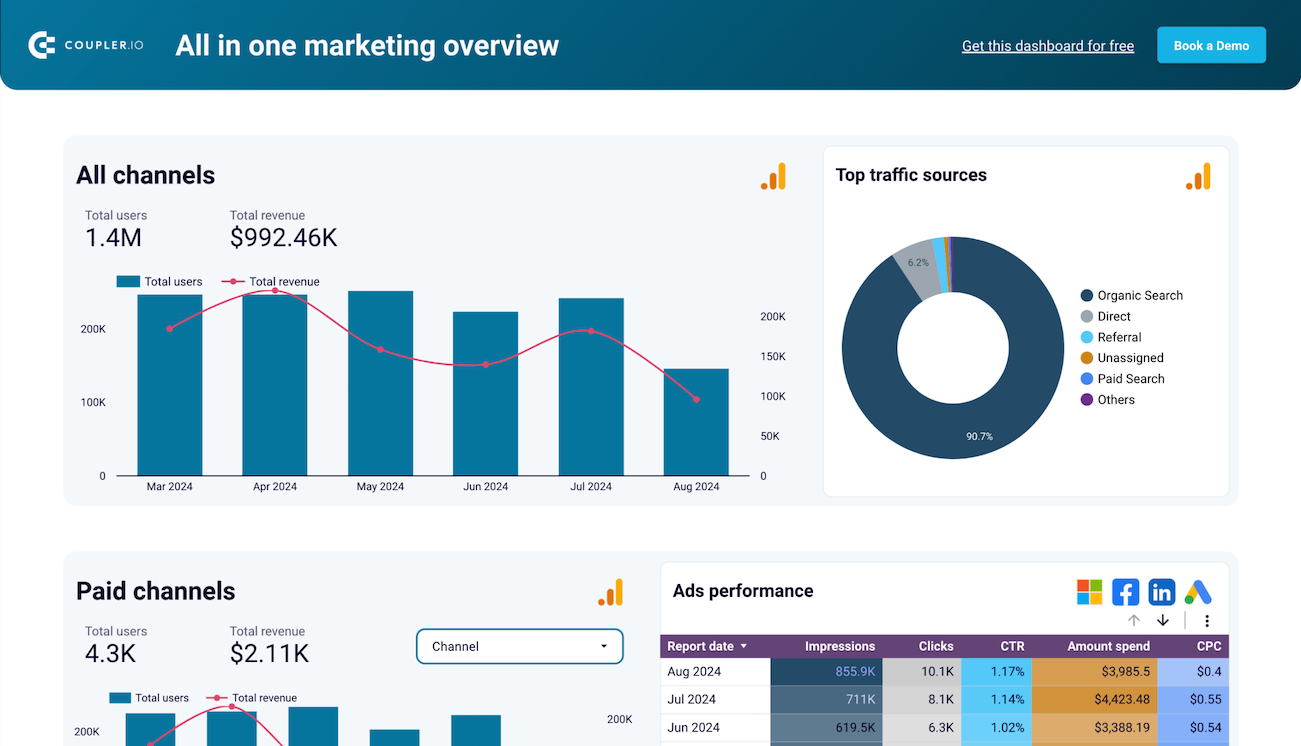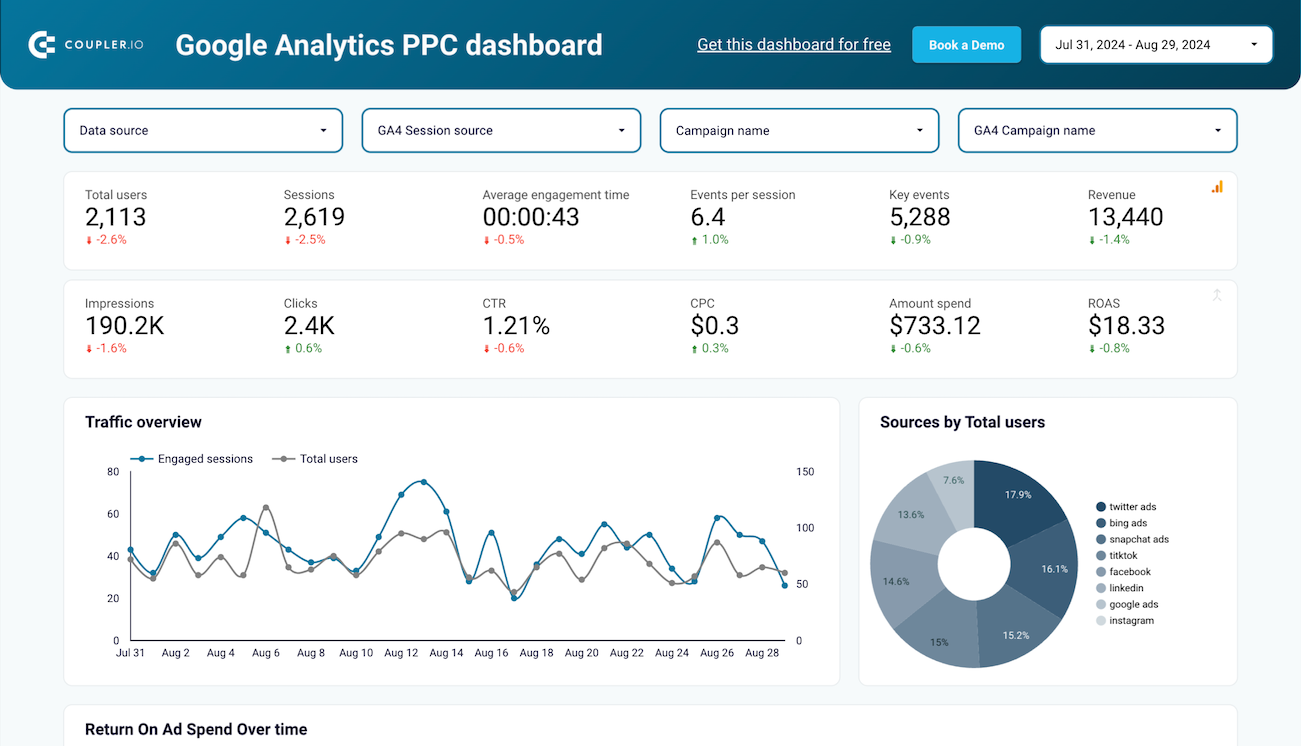What is an Impressions?
Impressions refer to the number of times an ad appears on a screen of potential customers. This metric is crucial because it indicates the reach of your ads. Understanding impressions helps marketers gauge the visibility of their campaigns. They can also evaluate the potential audience size. A high number of impressions indicates that your ads are widespread. However, it's also essential to consider the context. Analyzing impressions with metrics like clicks and conversions offers insights into ad effectiveness. For instance, if you have many impressions but few clicks, your ads might not resonate with your audience. Specific optimizations can help you increase the number of impressions. These involve refining targeting criteria, adjusting bid strategies, or improving ad quality. As a result, you can ensure that your ads reach a broad audience and engage the right people. This enhances campaign performance and efficiency.


Our key templates to track Impressions

Get a comprehensive PPC reporting tool to track the performance of your campaigns launched at multiple advertising platforms.










Monitor all your marketing channels with an all-in-one dashboard providing performance overviews of web analytics, ad campaigns, SEO, social media, and emails.














Get an overview of the traffic performance of your advertising campaigns launched across different PPC platforms.










How to improve Impressions?










